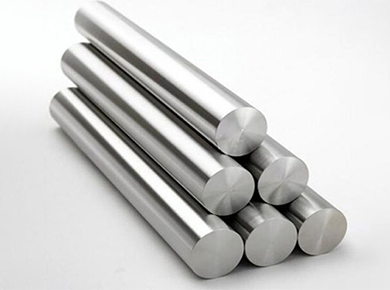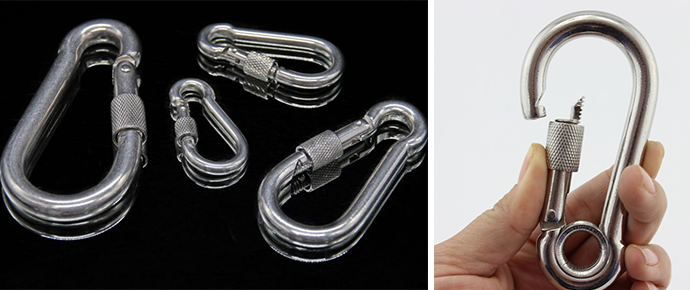

Question 1:
Why is stainless steel also magnetic?
304 stainless steel belongs to austenitic stainless steel. Austenite is partially or a small amount transformed into martensite during cold working. Martensite is magnetic, so 304 stainless steel is non-magnetic or slightly magnetic.
Question 2:
Why does stainless steel rust?
a. The surface of stainless steel has accumulated dust containing other metal elements or attachments of foreign metal particles. In humid air, the condensed water between the attachments and stainless steel connects the two into a micro battery, which initiates an electrochemical reaction , The protective film is damaged, which is called electrochemical corrosion.
b. The surface of stainless steel adheres to the organic juice (such as melon, vegetable, noodle soup, sputum, etc.), which forms organic acid in the presence of water and oxygen, and the organic acid will corrode the metal surface for a long time.
c. The surface of stainless steel adheres to acid, alkali, and salt substances (such as alkaline water and lime water splashing on the decoration wall), causing local corrosion.
d. In polluted air (such as the atmosphere containing a large amount of sulfide, carbon oxide, and nitrogen oxide), it will form sulfuric acid, nitric acid, and acetic acid liquid spots when encountering condensed water, causing chemical corrosion.
Question 3:
How to identify authentic 304 stainless steel products?
A.Support 304 stainless steel special inspection potion analysis, if it does not change color, it is 304 stainless steel.
B.Support chemical composition analysis and spectral analysis.
C.Support smoke test to simulate actual use environment.
Question 4:
What are the most common types of stainless steel?
A.201 stainless steel, suitable for use in dry environments, it is easy to rust in contact with water.
B.304 stainless steel, outdoor or humid environment, strong corrosion and acid resistance.
C.316 stainless steel, added molybdenum, is more corrosion resistant, especially suitable for sea water and chemical media.






